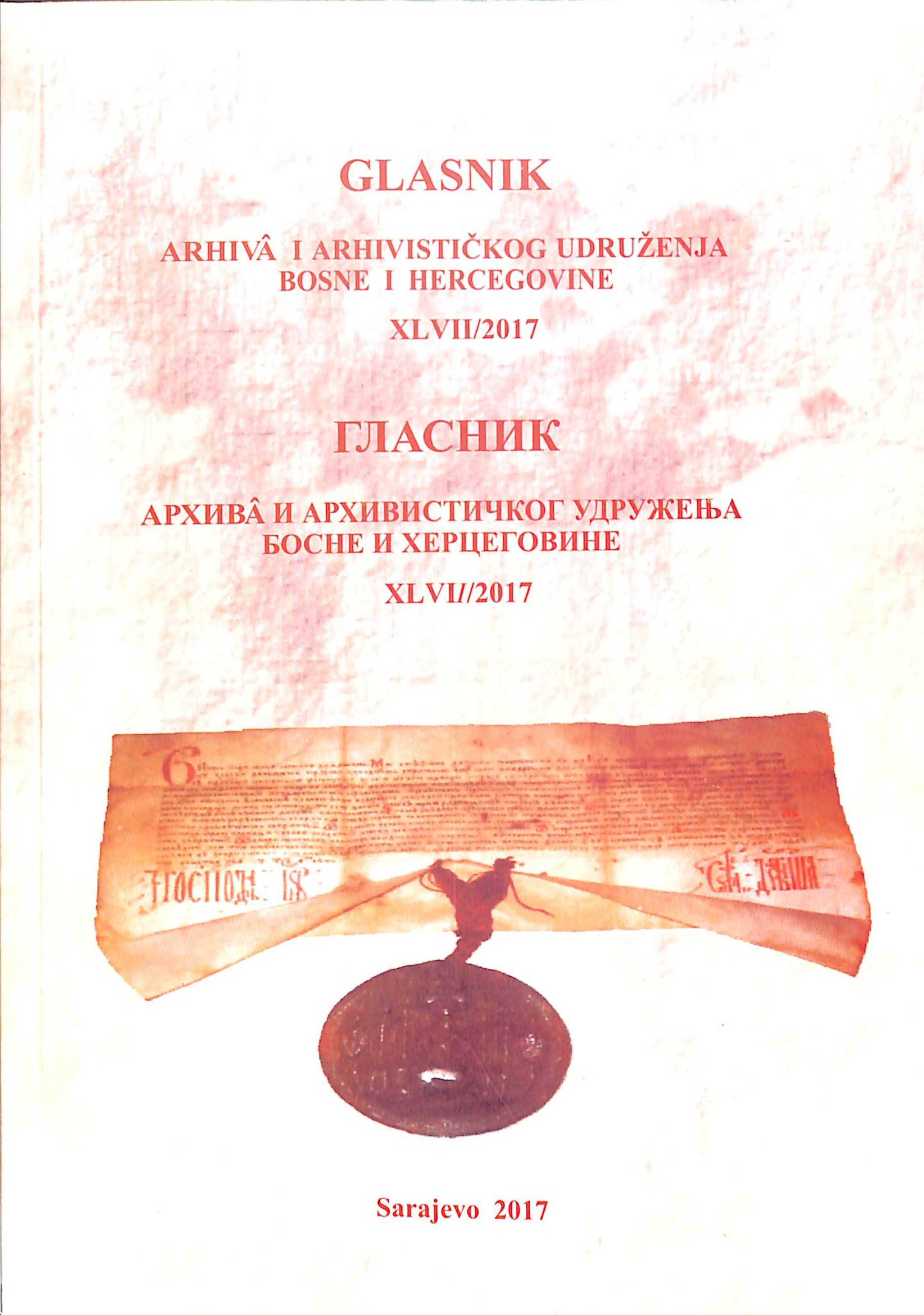UVOÐENJE PORESKE TREĆINE 1848. GODINE U ZVORNIČKOM SANDŽAKU (KAJMAKAMLUKU)
IMPLEMENTATION OF THE ONE-THIRD TAXES IN ZVORNIK SANJAK DURING 1848.
Author(s): Mirza ČehajićSubject(s): Economic history, Local History / Microhistory, 19th Century
Published by: Arhivističko udruženje Bosne i Hercegovine AUBiH
Keywords: Zvornik sanjak; reforms; peasantry; cift owners; cift properties,landowners; rebels; non-Muslims; taxes; Tahir-pasha; taxes; Omer Lutfi-pasha; spahis;
Summary/Abstract: The paper highlights the general circumstances that prevailed in the Zvornik sanjak in the middle of the 19th century that are closely related to the agrarian issue. This question was particularly relevant after the declaration of the Hatisherif of Gülhana (1839) when the cift system was already settled. Namely, due to the crises that the Ottoman Empire had been burdened since the 16th century, there was a process of introducing move of tapi land to gradually transform the ruling layer from the position of the owner (renter) into the owners. All this led to a conflict between landowners who mostly belonged to the Muslim population and peasants who were mostly non-Muslims. After the payment of one third tax in all parts of Bosnia was introduced in Travnik in 1848, the situation worsened even further. Especially from 1856 to 1858, various riots and rebellions in the countryside, opposed to tax and various taxes, broke out in Bosnia.
Journal: Glasnik arhiva i Arhivističkog udruženja Bosne i Hercegovine
- Issue Year: 2017
- Issue No: 47
- Page Range: 209-232
- Page Count: 24
- Language: Bosnian, Croatian, Serbian

